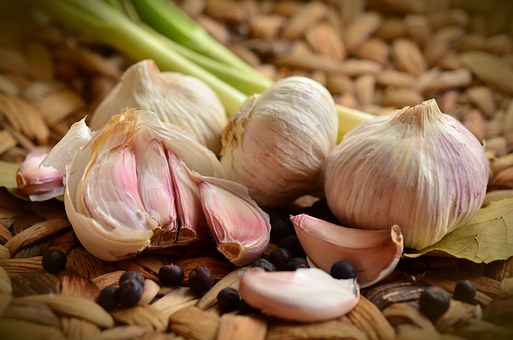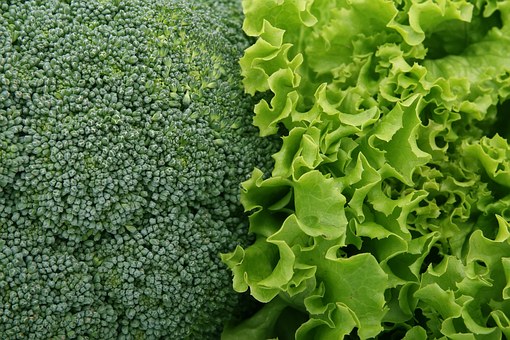Protective Effects of Aqueous and Ethanolic Extracts of Nigella Sativa L. and Portulaca Oleracea L. on Free Radical Induced Hemolysis of RBCs
© Authored by PubMed
© HealthyMuslim. See Terms and Conditions
Copy Link
Email
Print

Karimi G, Aghasizadeh M, Razavi M, Taghiabadi E. Protective effects of aqueous and ethanolic extracts of nigella sativa L. and Portulaca oleracea L. on free radical induced hemolysis of RBCs. 1. Daru. 2011;19(4):295-300.
BACKGROUND AND THE PURPOSE OF THE STUDY: It has been shown that nigella sativa L. and Portulaca oleracea L. have many antioxidant components. In the present study, the cytoprotective effect of ethanolic and aqueous extracts of N.sativa and P.oleracea against hemolytic damages induced by free radical initiator, AAPH [2, 2' azobis (2- amidinopropane) hydrochloride] was evaluated.METHODS: Hemolysis was induced by addition of AAPH. To study the cytoprotective effect, aqueous (50, 200, 300, 400, 800 ?g/ml) and ethanolic (25, 100, 150, 200 and 400 ?g/ml) extracts of N. sativa and aqueous (25, 50, 100, 150, 200 and 400 ?g/ml) and ethanolic (300, 600, 900, 1200 and 1800 ?g/ml) extracts of P. oleracea were employed. RBCs were incubated with both extracts and AAPH at 37 ?C for 6 hrs. In order to evaluate the impact of the time of addition, extracts were added one and 2 hrs after AAPH. Samples of suspensions were removed at different times and the degree of hemolysis was assessed spectrophotometrically by reading the absorption of supernatants at 540 nm. RESULTS: Aqueous (300, 400 and 800 ?g/ml) and ethanolic (150, 200 and 400 ?g/ml) extracts of N.sativa and also, aqueous (100, 150, 200 and 400 ?g/ml) and ethanolic (1200, 1800 ?g/ml) extracts of P.oleracea showed concentration-dependent cytoprotective effects. Addition of extracts one hour after AAPH reduced but did not eliminate protective activities of extracts. CONCLUSION: Cytorotective effect of aqueous and ethanolic extracts of N. sativa and P. oleracea against AAPH- induced hemolysis may be related to antioxidant properties of these plants.
Link to this article: Show: HTML Link • Full Link • Short Link
Share or Bookmark this page: You will need to have an account with the selected service in order to post links or bookmark this page.





|
Related Articles:
- Protective Effect of Treatment With Black Cumin Oil on Spatial Cognitive Functions of Rats That Suffered Global Cerebrovascular Hypoperfusion
- Clinical Evaluation of Nigella Sativa Seeds for the Treatment of Hyperlipidemia: a Randomized, Placebo Controlled Clinical Trial
- Study Finds Nigella Sativa (Black Seed) Inhibits Pancreatic Cancer
- Composition of Nigella Sativa (Black Seed)
- Research Summaries on Nigella Sativa (Black Seed) - Part 1
- Black Seed Oil (Nigella Sativa) And Its Disease Preventing Effects
You must be registered and logged in to comment.
Most Popular
Latest Articles
Popular Subjects
Health, fitness and longevity
Based upon the principles of health
in the Qur'an and Prophetic Traditions.
HealthyMuslim.Com
There are two bounties in which
most people lose out: good health
and free time. Al-Bukhari.
The information on this site is provided for educational purposes only. It is not intended as a substitute for professional advice of any kind.























